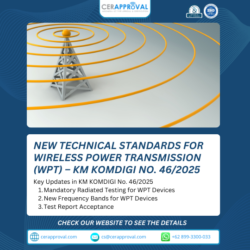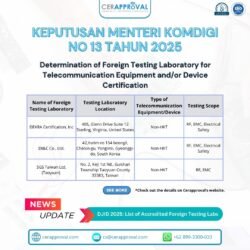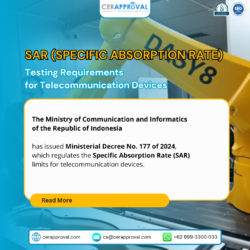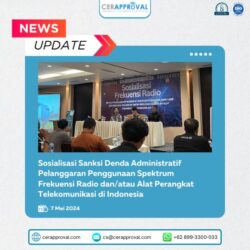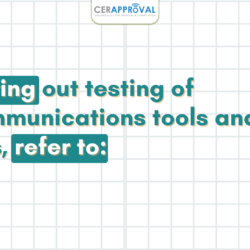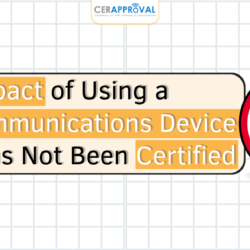Indonesia Requires EMC Immunity (CISPR 35) for SDPPI / DJID Certification at Komdigi
Starting July 1, 2025 (To be confirmed in the next official update), Indonesia will officially require EMC immunity testing in addition to EMC emissions testing as part of the SDPPI/DJID certification process at Komdigi. This new mandate enforces CISPR 35 as the national standard for EMC immunity — a critical update for manufacturers and importers of telecommunication equipment seeking legal market access in Indonesia. What Is EMC Testing? EMC (Electromagnetic Compatibility) testing ensures that electronic devices: Until now, SDPPI (Now DJID) certification primarily focused on EMC emission tests (CISPR 32). With the upcoming enforcement of CISPR 35, devices must also prove immunity to common disruptions like ESD, surges, and voltage dips. When Will CISPR 35 Become Mandatory in Indonesia? Effective Date: July 1, 2025 (To be confirmed in the next official update by DJID KOMDIGI) Any application for SDPPI/DJID certification at Komdigi submitted on or after this date must include both emissions and immunity test reports. CISPR 35 Applies to These Devices: The following devices, as defined in these official Kominfo/SDPPI decrees, must comply: Accepted EMC CISPR 35 Test Reports for SDPPI DJID Certification To meet SDPPI DJID certification standard, manufactures must submit EMC reports from accredited testing labs: EMC Test Parameters Required for Komdigi Certification Parameter Multimedia Equipment dan ITE Emission Radiated emissions V (CISPR 32) Conducted emissions V (CISPR 32) Harmonic X Flicker X Immunity Radiated Immunity V (CISPR 35: IEC 61000-4-3) Conducted Immunity V (CISPR 35: IEC 61000-4-6) ESD V (CISPR 35: IEC 61000-4-2) EFT V (CISPR 35: IEC 61000-4-4) Surge V (CISPR 35: IEC 61000-4-5) Voltage dips V (CISPR 35: IEC 61000-4-11) Magnetic Field V (CISPR 35: IEC 61000-4-8) If you’re planning to launch or import networking equipment, optical devices, or digital modems into the Indonesian market, this new requirement will directly impact your SDPPI/DJID certification timeline. Preparing immunity test reports in advance — ideally from an accredited lab — can significantly speed up your approval process at KOMDIGI. Need Help with SDPPI/DJID Certification at Komdigi? Cerapproval provides expert assistance for companies navigating the SDPPI/DJID certification process, including EMC testing compliance, document preparation, and local testing coordination. 📝 Free pre-assessment available for CISPR 35 readiness. 📧 Contact us: gma@cerapproval.com📱 WhatsApp: +62 899-3300-033🌐 Visit: www.cerapproval.com


